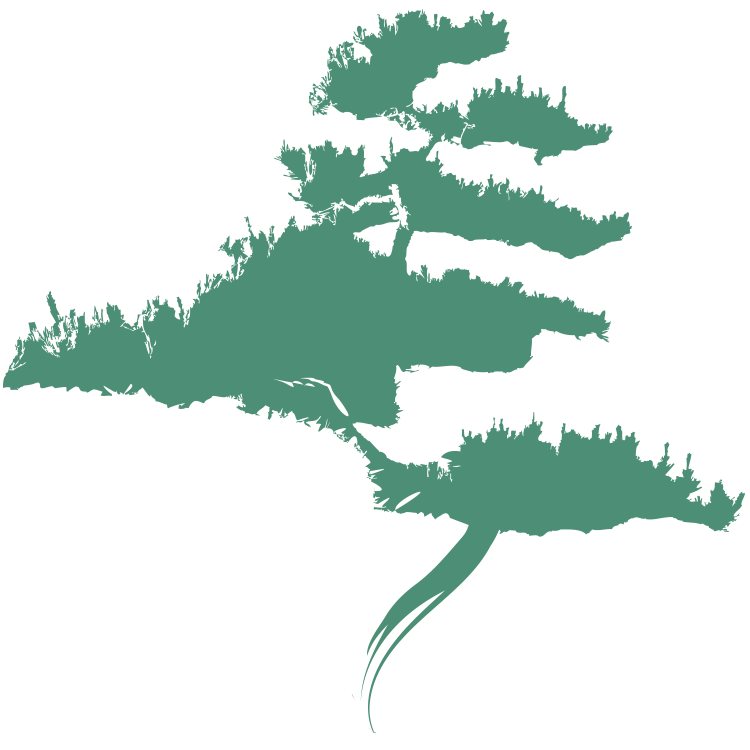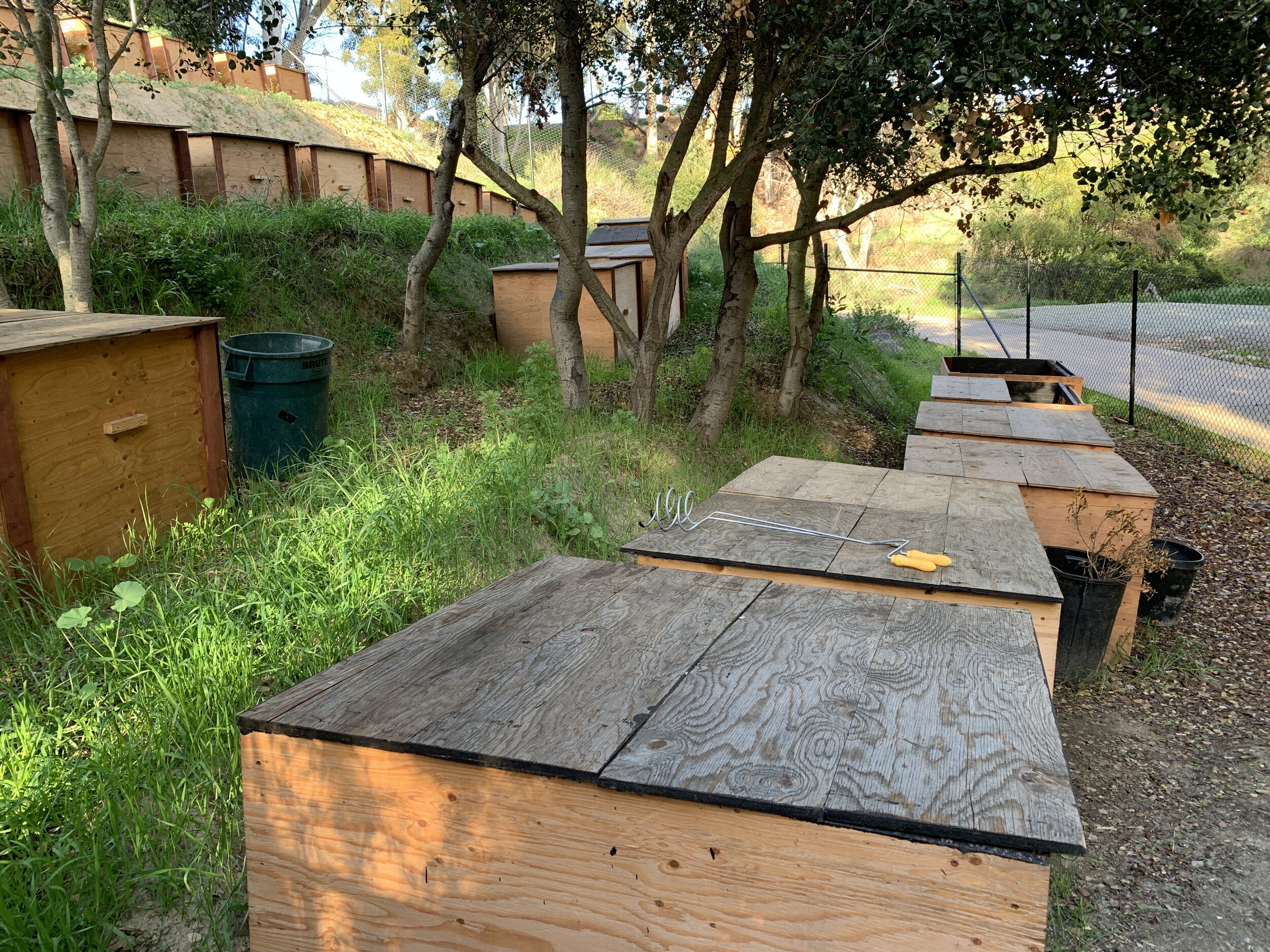JFGm invites campers to experience a taste of Japan! Our Winter camps provide different activities within Japanese culture, wellness, and sustainability. This is a camp just for adults! Capacity is limited, so registration is first come first serve. Don’t miss out on an exciting opportunity!
Capacity is limited, so registration is first come first serve. Completion of payment and the registration form are required to participate.
Winter Camp is available for 3 days. Single day registration is available.
Price: JFGM Member $80/Day | Non-Member $100/Day
Refunds will not be given less than 7 days before the camp.
Some days may be for 21+ due to alcohol, please check the day.
Questions and other JFGM Winter Camp inquiries can be e-mailed to education@niwa.org.
Registration
December 26th, 30th and January 2nd | 1:00 PM- 4:00 PM
Day 1, December 26th
Ikebana
Ikebana is one of the traditional arts in Japan. Ikebana involves arranging a wide array of materials including blooming flowers, branches, stems, leaves and moss in vases or other containers to create a visually appealing work of art. In this summer camp, students will create their own design with their imagination, ideas and expressions using flowers, leaves and branches. It will be lots of fun.
Kamishibai
Kamishibai is a remarkable way of telling stories with illustrations that was invented in Japan in 1929. The word literally means "picture-story." Since 2012, Walter Ritter, a veteran stage actor, has presented approximately 3,000 kamishibai stories in classrooms, libraries, senior residences, and other venues including the Japanese Friendship Garden in Balboa. His program for JFG Summer Camp will include 2 stories, discussion, and a brief history of kamishibai including its present-day expansion to countries all over the world. Ritter is co-founder and executive director of Write Out Loud and a co-founder of the World Kamishibai Forum.
Day 2, December 30th
Go
Go is an abstract strategy board game for two players in which the aim is to surround more territory than the opponent. The game was invented in China more than 2,500 years ago and is believed to be the oldest board game continuously played to the present day. Go was introduced in Japan in the 7th century and is played in both schools and competitions.
Ikigai STEAM
Join us as we explore the wonderful world of Science, Technology, Engineering, Arts and Mathematics combining innovation, unique tradition, and cultural heritage at the Japanese Friendship Garden and Museum. We will embark on a journey of observation, curiosity, and discovery as we explore the wonders of Japanese nature and wisdom with hands-on experiments, outdoor adventures, and critical thinking activities through this Ikigai STEAM Sampler presented by LKW STEM FOUNDATION! This Ikigai STEAM Sampler will include Bamboo & Sustainability, Ecosystems & Earthworm Adventures, and Koi Fish Genetics and Biomimicry! Our time together will foster collaboration, cultural appreciation, and empower young minds to become innovators and leaders as we laugh and learn together through STEAM Education!
——
Day 3, January 2nd (For ages 21+; IDs will be checked)
Calligraphy
Calligraphy (shodō: "the way of writing") is the art of writing beautifully. Most children in Japan learn calligraphy in elementary school, and it is also a popular hobby among adults. An interesting aspect of Japanese writing that carries over to calligraphy is the importance that is placed on the order in which the strokes of characters are drawn.
Kintsugi
Kintsugi, also known as kintsukuroi, is the Japanese art of repairing broken pottery with lacquer dusted or mixed with powdered gold, silver, or platinum. Directly translating to “golden joinery,” as a philosophy, it treats breakage and repair as part of the history of an object, rather than something to conceal or discard. The thinking behind kintsugi is often likened to the Japanese philosophy of Wabi-Sabi, an embracing of the flawed or imperfect. Uplifting and hopeful, Kintsugi is an inspiring metaphor for dealing with the times we feel broken in life. It's a reminder to find the gold to mend ourselves and appreciate our so-called flaws.
Sake
Sake (酒,), also referred to as Japanese rice wine, is an alcoholic beverage of Japanese origin made by fermenting rice that has been polished to remove the bran. Despite the name Japanese rice wine, sake, and indeed any East Asian rice wine (such as huangjiu and cheongju), is produced by a brewing process more akin to that of beer, where starch is converted into sugars that ferment into alcohol, whereas in wine, alcohol is produced by fermenting sugar that is naturally present in fruit, typically grapes.








